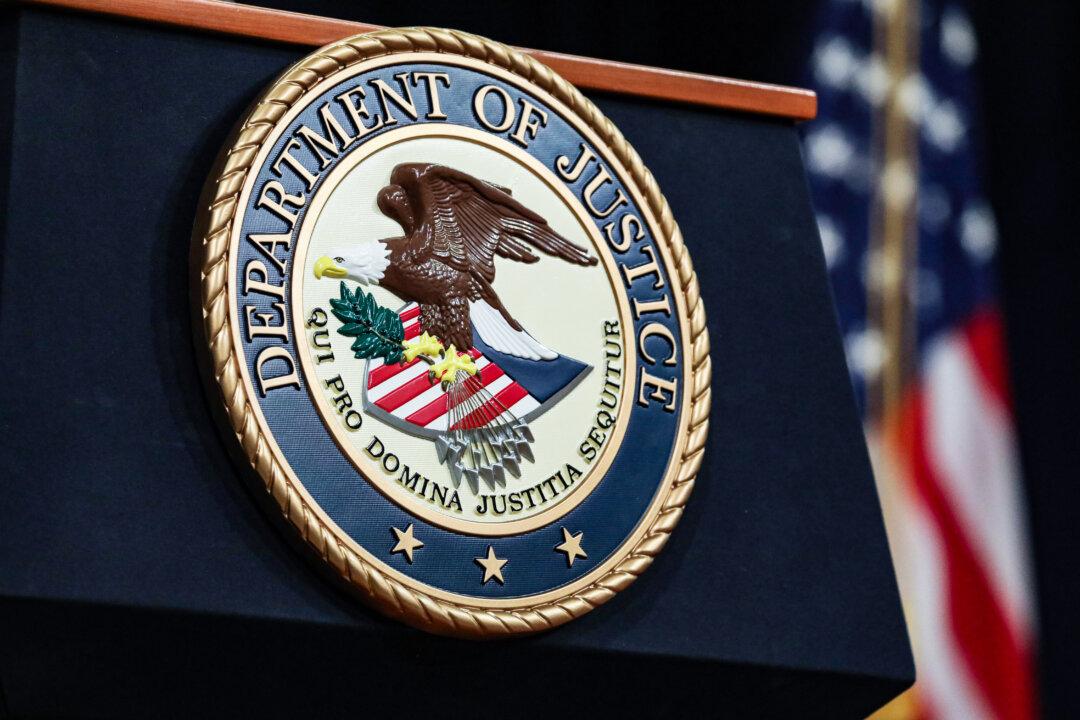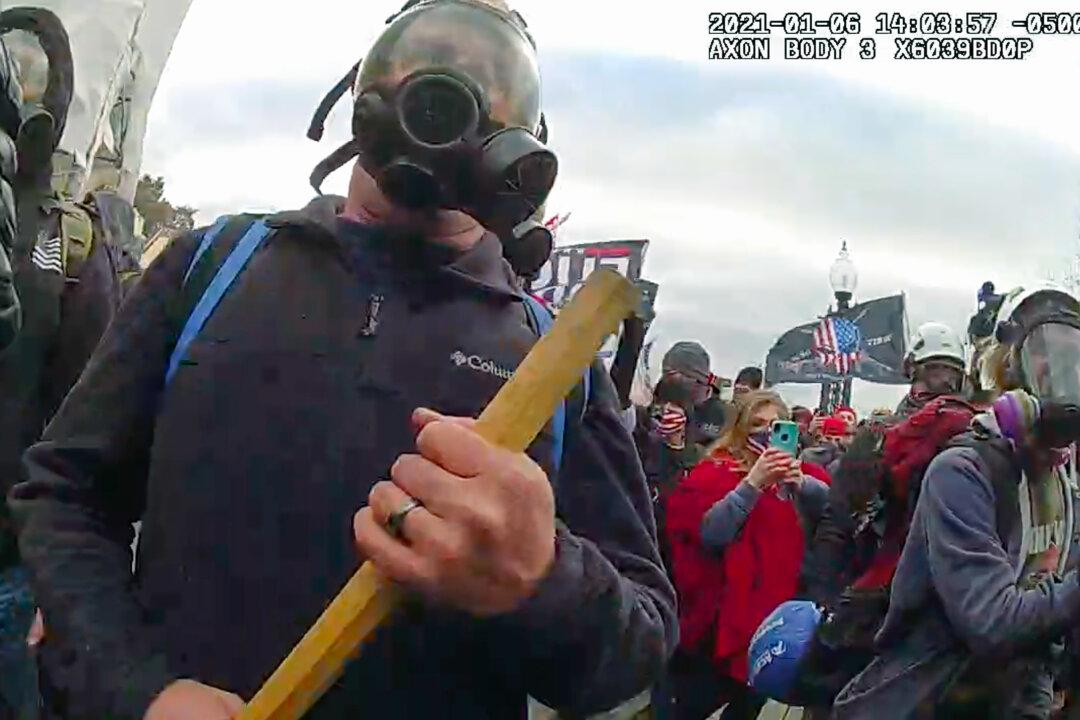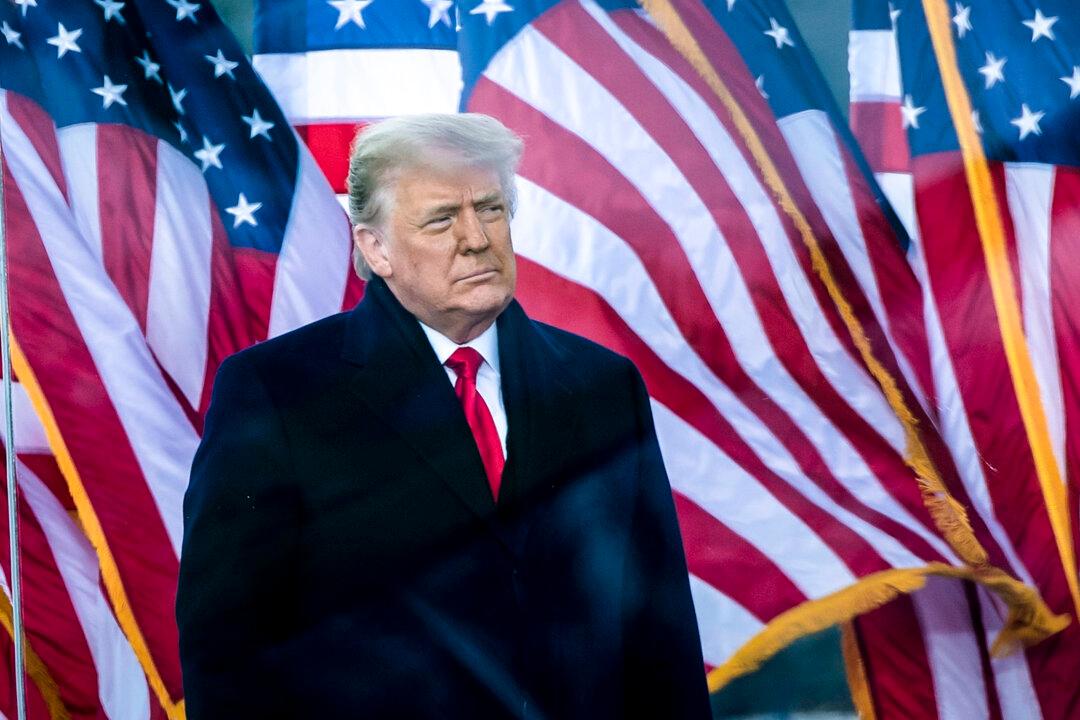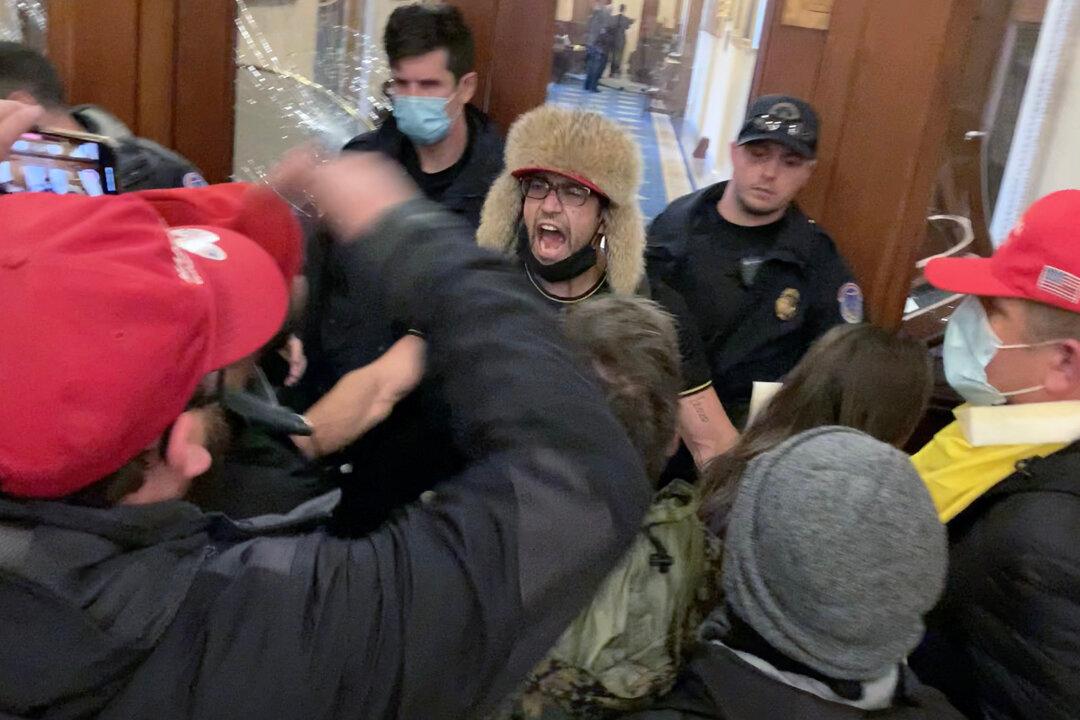A divided three-judge panel of the U.S. Court of Appeals for the District of Columbia on April 7 conditionally upheld the U.S. Department of Justice’s novel use of a felony evidence-tampering statute against Jan. 6 criminal-case defendants.
The appeals judges issued a fractured ruling on the crime of obstruction that upholds the law as used in Jan. 6 cases only if a certain condition is met.





